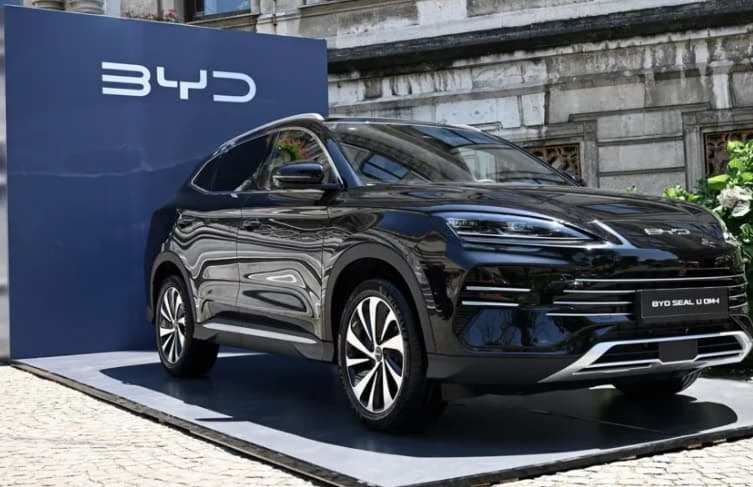BYD has fought a “turnaround” overseas, and its monthly sales have nearly doubled! In April, BYD’s overseas sales exceeded 78,000 vehicles for the first time, setting a historical record. You should know that in April last year, BYD’s overseas sales were only 41,000 vehicles, and now it has nearly doubled. In the first four months of this year, BYD’s overseas sales have exceeded 290,000 vehicles, exceeding 70% of last year’s annual sales. How did BYD do it?
- Localized factory construction.
Only by building factories directly overseas can we gain a foothold in the local area, realize localized assembly, and reduce costs. At the same time, we will form a community of interests with the local area, bring benefits to local employment and taxation, and avoid political turmoil and tariff barriers.
BYD has put into production five factories, namely Brazil, Thailand, Uzbekistan, India and the United States. Many people may wonder, BYD actually has a factory in the United States? In fact, BYD’s US factory specializes in the production of electric buses, not cars. In addition to the US factory, the other four factories have an annual production capacity of more than 600,000 vehicles.
There are also four factories under construction, namely Hungary, Indonesia, Cambodia and Türkiye.
In addition, the Mexican factory is in negotiation, planning a production capacity of 150,000 vehicles. - Breakthrough in the European market.
BYD has achieved a breakthrough in the UK. In March this year, BYD’s monthly sales in the UK soared 754%, close to 6,500 vehicles.
It is worth noting that the UK market is not the EU market, and the UK has withdrawn from the EU.
However, BYD may also achieve a breakthrough in EU countries soon. Because not long ago, the EU announced that it would study the cancellation of tariffs on Chinese electric vehicles, and the entry of Chinese new energy vehicles into the EU is expected to accelerate. On the other hand. Tesla is now boycotted in Europe, and its sales in the EU market in the first quarter were halved. For Chinese new energy vehicle brands represented by BYD, now is a once-in-a-lifetime opportunity to seize the European market.
In fact, BYD’s sales growth in China has slowed down significantly. In April, BYD’s total sales were 380,000 vehicles. Excluding 78,000 overseas sales, domestic sales were 302,000 vehicles. In April last year, domestic sales were 270,000 vehicles. This year’s domestic sales increased by about 15% year-on-year. Compared with the previous high-speed advances in China, it has slowed down significantly. However, overseas has entered an acceleration period.
At present, BYD has put into use 4 ro-ro transport ships that can carry 9,200 vehicles, with a total capacity of 37,000 vehicles. In the future, another 4 ships will be delivered, totaling 8 ships, which will significantly enhance export capacity. Among them, the “Shenzhen” is the world’s largest car transport ship, symbolizing its global ambitions.
According to the plan, BYD’s overseas sales in 2025 will reach 800,000 vehicles, almost doubling that of last year. In this way, BYD is expected to soon surpass SAIC, challenge Chery, and become the first Chinese automaker to go overseas.
It can be said that BYD’s future highlights are overseas.
In fact, the future highlights of China’s new energy vehicles are also overseas. The domestic market is too competitive, and the market ceiling will soon be reached. Last year, the penetration rate of new energy vehicles in China was 47.6%, and the China Passenger Car Association expects it to reach 57% this year, which means that the domestic market will soon be close to saturation.
It can be said that whether a breakthrough can be made overseas will determine the future of China’s new energy vehicles in the next decade.
















Leave a Reply